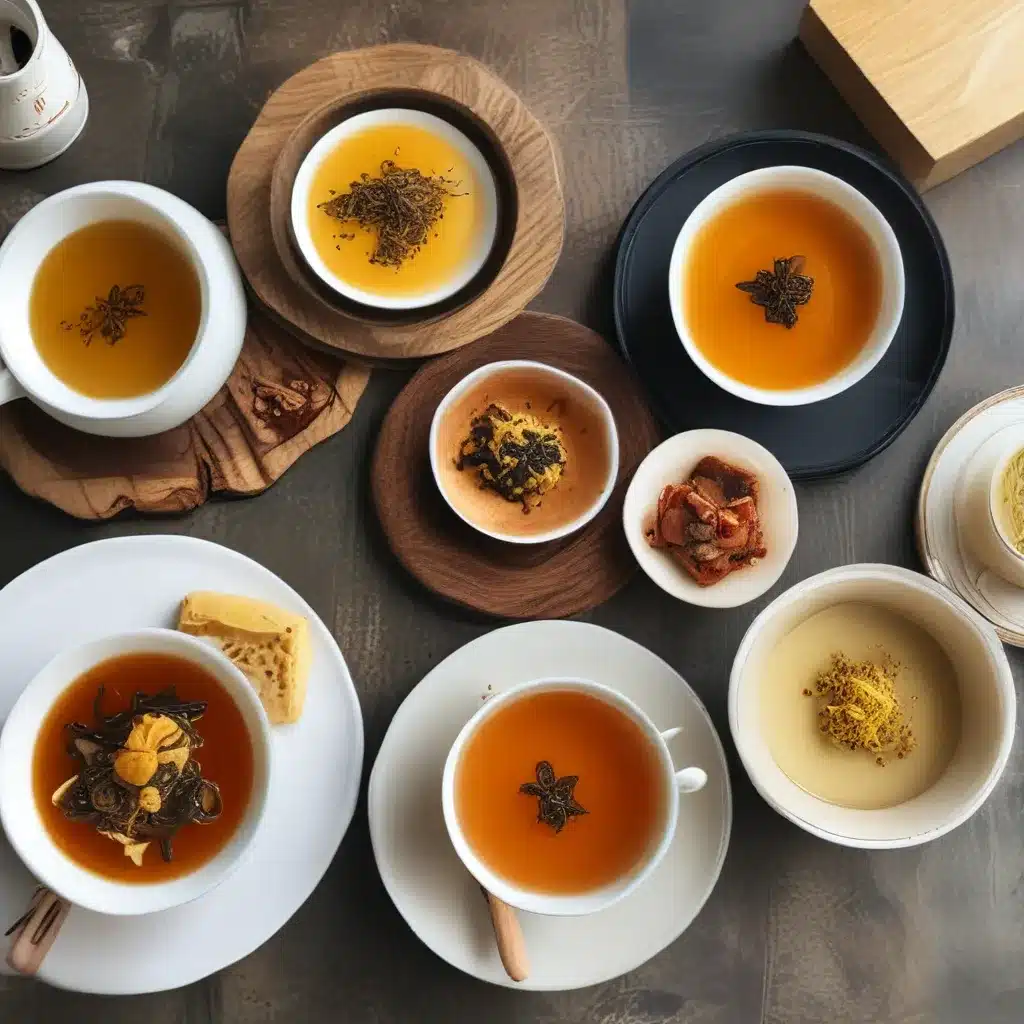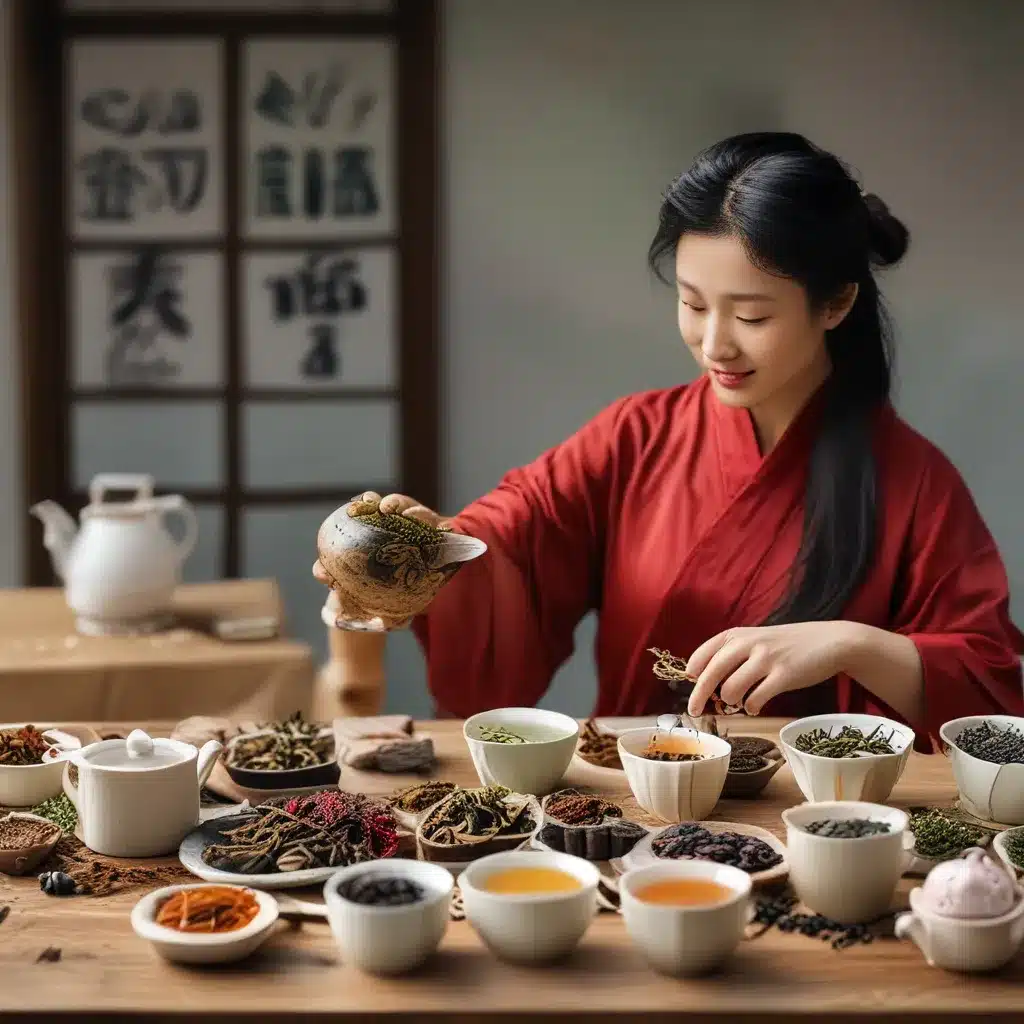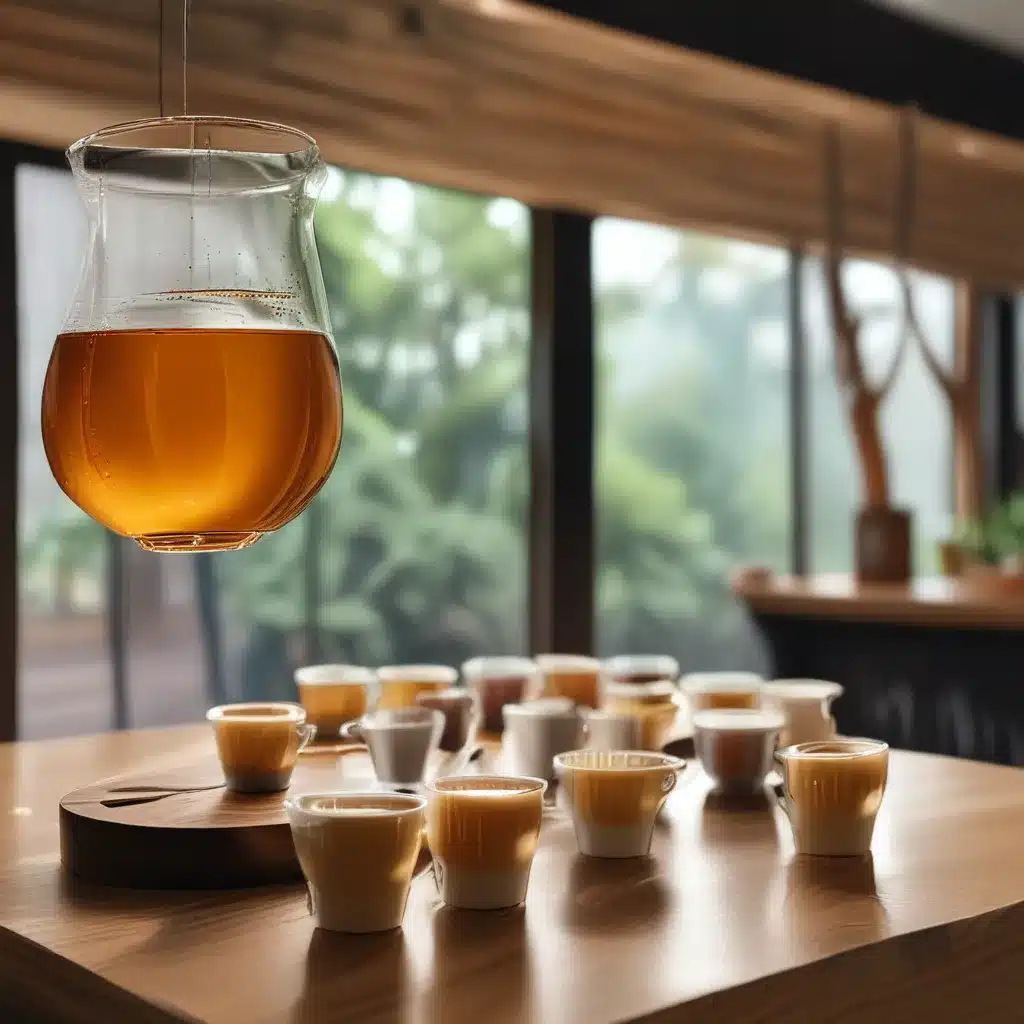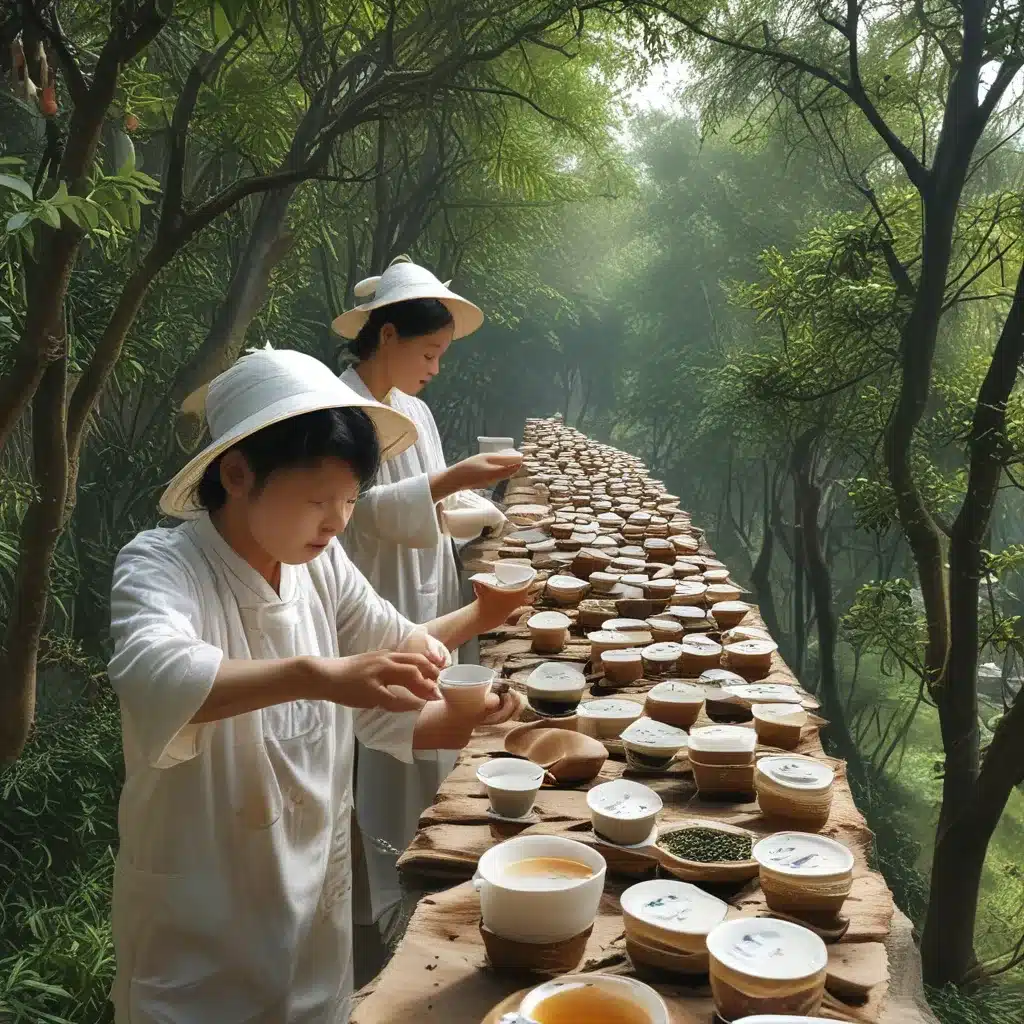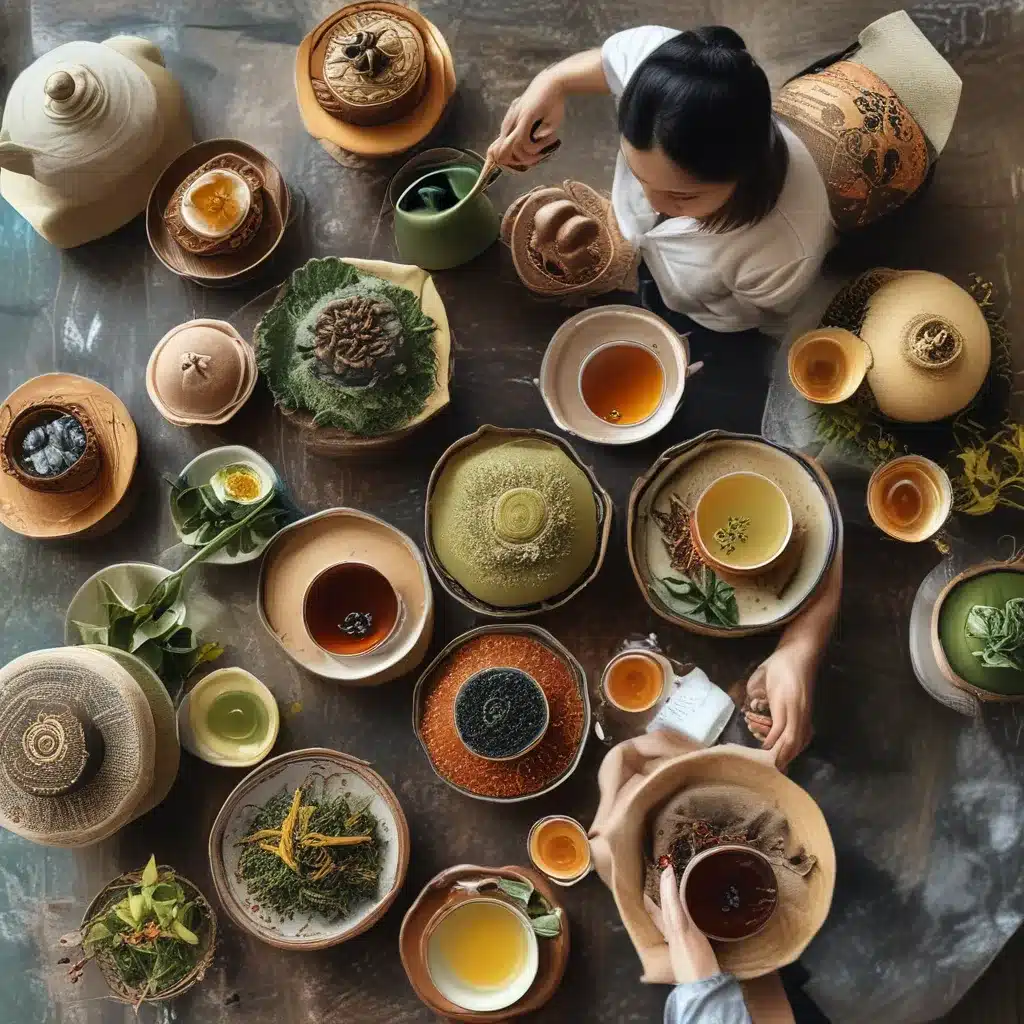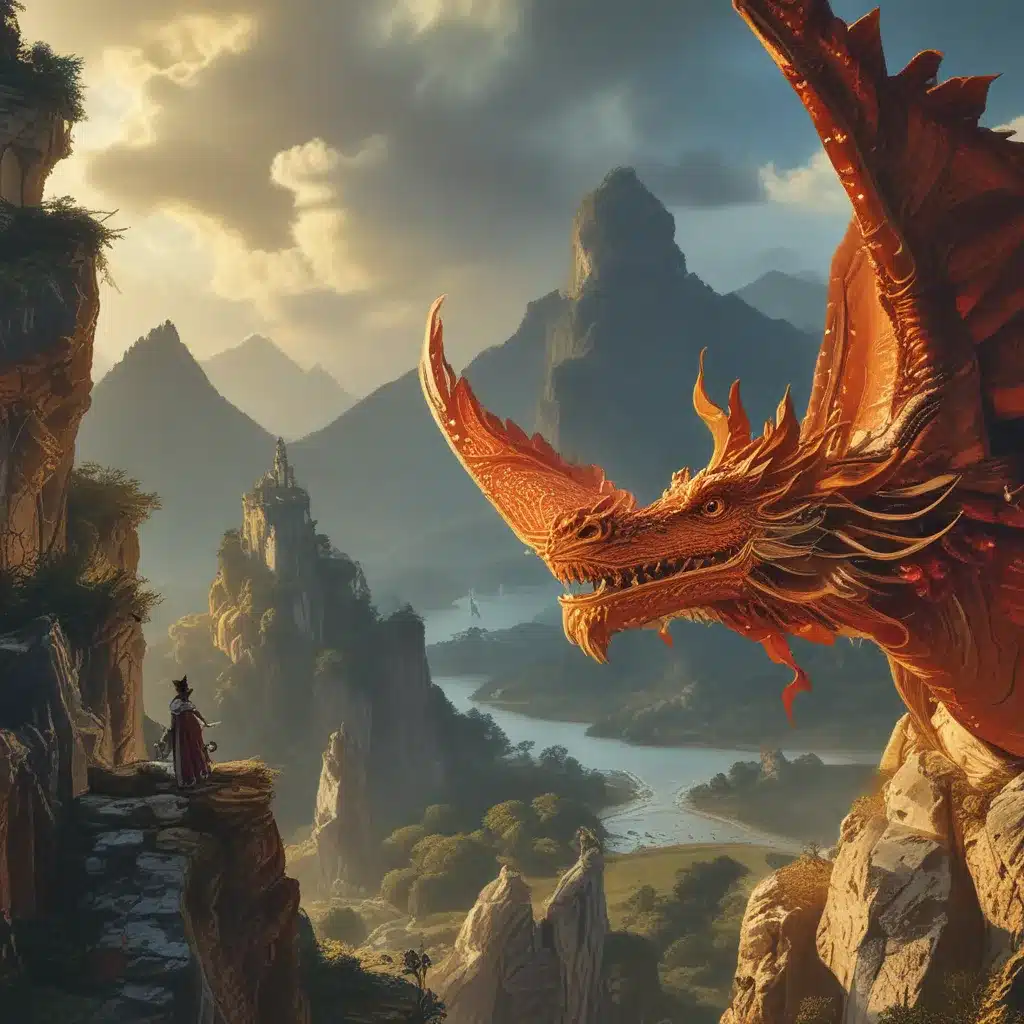
The Awakening of a Culinary Visionary
I never imagined that my humble beginnings in a small Shanghai kitchen would one day lead me on an extraordinary eco-odyssey, blending the rich traditions of Chinese cuisine with innovative, sustainable practices. But as they say, the dragon’s path is rarely a straight one.
It all started with a simple question that would soon consume my every waking thought: How could I honor the time-honored recipes and techniques passed down through generations, while also minimizing the environmental impact of my restaurant’s operations? This quest for balance would challenge me in ways I never expected, but the journey would ultimately transform not just my business, but my very understanding of the world.
Embracing the Roots of Tradition
Growing up in a family of renowned Shanghai chefs, I was immersed in the culinary arts from a young age. I can still vividly remember standing on a stool, peering over the sizzling wok as my grandfather meticulously prepared his signature mapo tofu. The complex interplay of flavors, the precise timing of each step – it was like a well-choreographed dance.
As I honed my skills under the tutelage of my elders, I developed a deep respect for the traditions that had shaped Chinese cuisine over centuries. I learned the importance of sourcing the freshest, most authentic ingredients, and the delicate touch required to coax out the full potential of each flavor. It was a constant dance between the land, the kitchen, and the plate.
But even as I embraced these time-honored ways, I couldn’t shake the nagging feeling that something was missing. The world was changing, and I couldn’t ignore the growing concerns about the environmental impact of the food industry. One Dragon Restaurant needed to evolve, to find a way to marry the past and the future.
Uncovering the Hidden Costs of Tradition
My journey towards eco-conscious cuisine began with a deep dive into the realities of the food production system. I pored over research, interviewed experts, and traveled to remote farming communities, determined to uncover the hidden costs of the ingredients I had always taken for granted.
What I discovered was both eye-opening and disheartening. The intensive farming practices, the excessive use of pesticides, the staggering amount of food waste – it all painted a sobering picture of the true environmental toll of traditional Chinese cuisine. I realized that if I wanted to truly honor the legacy of my ancestors, I would need to find a way to adapt their methods for a more sustainable future.
As one design expert noted, “I’m fascinated by the science that goes into design.” And so, I set out to apply that same level of scientific rigor to the challenge of reimagining my restaurant’s operations.
Forging a New Path: Sustainable Solutions
With a renewed sense of purpose, I embarked on a journey of experimentation and innovation. I reached out to local farmers, foraging experts, and renewable energy specialists, determined to build a network of partners who shared my vision for a more sustainable future.
The first step was to overhaul my supply chain. I sought out organic, locally-sourced ingredients, working closely with farmers who prioritized regenerative agricultural practices. This not only reduced our carbon footprint but also infused our dishes with an unparalleled depth of flavor.
Next, I tackled the issue of food waste, which had long been a pain point in the industry. I implemented comprehensive recycling and composting programs, ensuring that every scrap of food found new life, whether as fertilizer for our urban garden or biofuel for our delivery fleet.
But the real breakthrough came when I discovered the power of renewable energy. By outfitting our restaurant with state-of-the-art solar panels and implementing energy-efficient equipment, we were able to dramatically reduce our reliance on the grid, cutting our carbon emissions and utility costs in the process.
| Sustainability Initiatives | Impact |
|---|---|
| Local, organic ingredient sourcing | Reduced carbon footprint, enhanced flavor profile |
| Comprehensive recycling and composting | Minimized food waste, created new revenue streams |
| Renewable energy and energy-efficient equipment | Decreased reliance on grid power, lowered emissions |
Embracing the Dragon’s Breath: Innovative Cuisine
As I implemented these sustainable practices, I found that they not only benefited the environment, but also breathed new life into my culinary creations. The vibrant, locally-sourced ingredients sparked my imagination, inspiring me to develop innovative dishes that pushed the boundaries of traditional Shanghai cuisine.
I began experimenting with unique flavor combinations, blending the bold umami of fermented sauces with the delicate sweetness of locally-foraged herbs. I explored the versatility of ancient grains, crafting gluten-free noodles and rice dishes that delighted the senses.
But the real showstopper was my use of renewable energy in the cooking process. By harnessing the power of the sun, I was able to develop a revolutionary wok-searing technique that allowed me to capture the smoky, wok-hei flavors our customers craved, without the need for energy-intensive gas burners.
As one entrepreneur observed, “Loving the OnHand rebrand? Yeah, me too.” And our customers couldn’t help but feel the same way about the innovative cuisine that was emerging from our kitchen.
Sharing the Dragon’s Wisdom: Educating and Inspiring
As One Dragon Restaurant’s reputation for sustainable, boundary-pushing cuisine grew, I found myself increasingly in the spotlight. People from all walks of life – from devoted foodies to eco-conscious millennials – sought me out, eager to learn more about my culinary journey.
I welcomed these opportunities with open arms, recognizing that my story could inspire others to rethink the way they approach food and its impact on the planet. Through cooking demonstrations, interactive workshops, and informative talks, I shared the lessons I had learned, empowering my guests to make more mindful choices in their own lives.
As one article noted, the new restaurant logo “makes a nod to the hand-written element of its predecessor,” symbolizing the personal touch and human connection that I sought to foster through my work.
Whether it was teaching a group of young chefs the art of sustainable foraging or hosting a farm-to-table dinner that celebrated the stories behind each ingredient, I was determined to use my platform to spark a broader conversation about the power of food to heal both our bodies and our planet.
The Dragon’s Legacy: A Vision for the Future
As I reflect back on my eco-odyssey, I am humbled by the transformation that has taken place, not just in my restaurant, but in my own understanding of the world. What began as a personal quest to reconcile tradition and innovation has blossomed into a movement – a rallying cry for a more sustainable, more delicious future.
The lessons I’ve learned along the way have been invaluable, and I am committed to sharing them with the next generation of culinary visionaries. By empowering others to embrace the dragon’s breath of innovation, I believe we can create a world where the time-honored flavors of the past coexist in harmony with a greener, more regenerative food system.
The path ahead may not be an easy one, but as any true dragon knows, the greatest adventures often lie beyond the most daunting challenges. And with the wisdom of tradition, the courage of innovation, and the unwavering commitment to a healthier planet, I am confident that the future of Chinese cuisine is one that will continue to inspire and delight for generations to come.

